Event Gamification: Making an Impact in the Hearts and Minds of Your Attendees
If you’ve ever used a credit card to get reward points, a stamp card to get a free sandwich, or gone to a bar for happy hour, you’ve experienced event gamification firsthand.
Game Design
Event gamification is a product of an immense field of study surrounding the concept of game design. Game design deals with how games can be applied to real-world contexts to achieve business objectives. Using challenges, incentives and rules of play to modify behavior and drive engagement is the framework of gamification. This concept has garnered the attention of corporations and associations seeking to enhance engagement at events. By 2015 “Gamification will be the primary mechanism that 40% of the Global 1000 organizations will employ to improve their business operations” according to True Office.

Use game dynamics that stimulate competition, urgency, self-betterment, and social unity amongst your attendees. This will create an engaging environment that will draw attendees into your event game. This encourages attendees to compete and creates an enjoyable experience. As a result, it’s not just about the Apple Watch attendees are competing for. They will also care about beating co-workers on the leaderboard, racing to complete all the challenges first, or just having fun.
However you design your incentives around your goals, event gamification encourages participants to focus on aspects of your event that serve your objectives. It can also create a flow for attendees to experience event floor the way you intended.
Challenges
One of the hurdles to understanding event gamification is the difference between game design and good game design. Gamification is not a set-it-and-forget-it situation, it’s a get-out-what-you-put-in relationship. Creating uninspired challenges with irrelevant incentives can even hurt your event more than it can help. People don’t like to be told what to do. Using incentives that your attendees find intrinsically motivating will engage them in the actions you want them to take. Event gamification shouldn’t be dangling a carrot in front of your attendees.
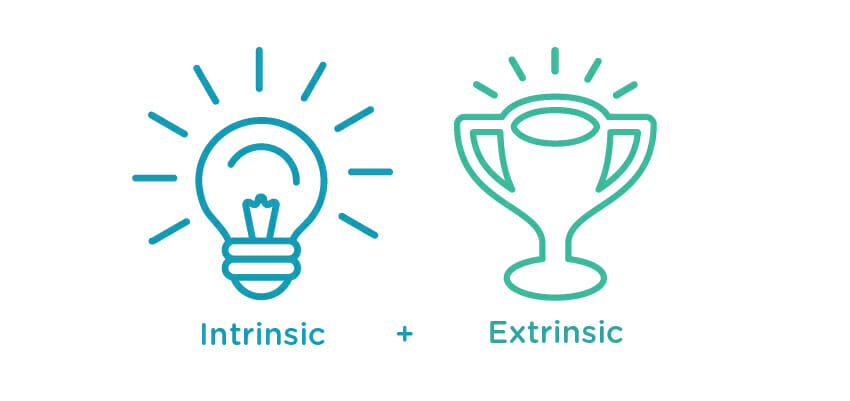
Your Winning Game Strategy
Simply having a game and expecting attendees to play it is worse than not having a game at all. Just as planning your event is a process, planning your event game should be a process. Start by defining your objectives, and then determine the desired actions and behaviors that satisfy those objectives. Working backward from your event goals and really looking at what needs to happen will inform the tasks, gameplay, and game design. Having a strategy behind your game and incorporating it as part of the intended event experience will make all the difference. Without a strategy, your event game will feel like a gimmicky add-on rather than a purposeful part of your event. If it doesn’t look and feel like part of your event, attendees won’t pay attention, negating its utility as an engagement device.
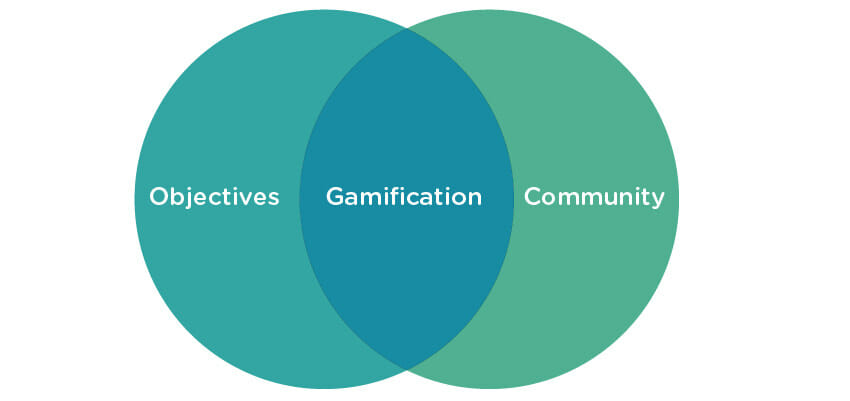
The more you integrate your game into your event and cater it to your target audience, the more people will be playing and playing for longer. Create challenges that use a vernacular and context that is familiar to your attendee’s community. This will also make the game more resonant and draw participants into playing. Gamification relies on the interconnectedness of challenges, incentives, and enjoyment that makes the player feel absorbed in overcoming obstacles. Spelling it out within the context of events, gamification can be used to achieve a multitude of objectives.
Suggested Reads
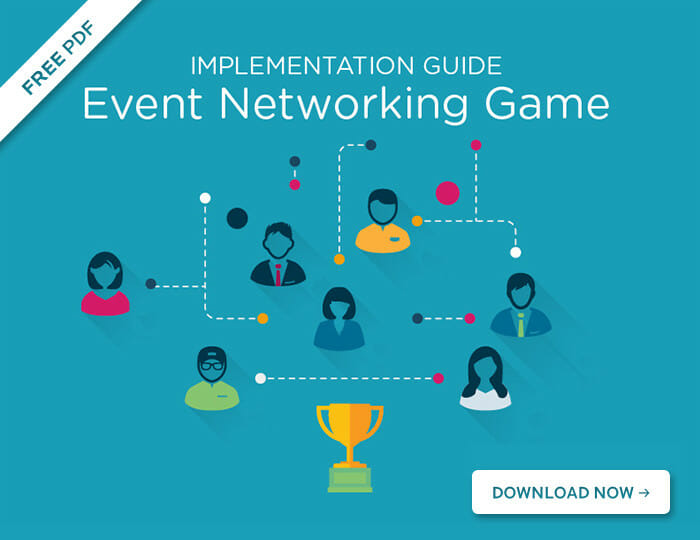
New Networking Opportunities
If you need attendees to network better at your event, you can create a networking game in which attendees earn points for every connection made. This is a great way to incentivize participants to not only make connections but step out of their comfort zone and create lasting contacts. Click here to learn how to create a networking game.
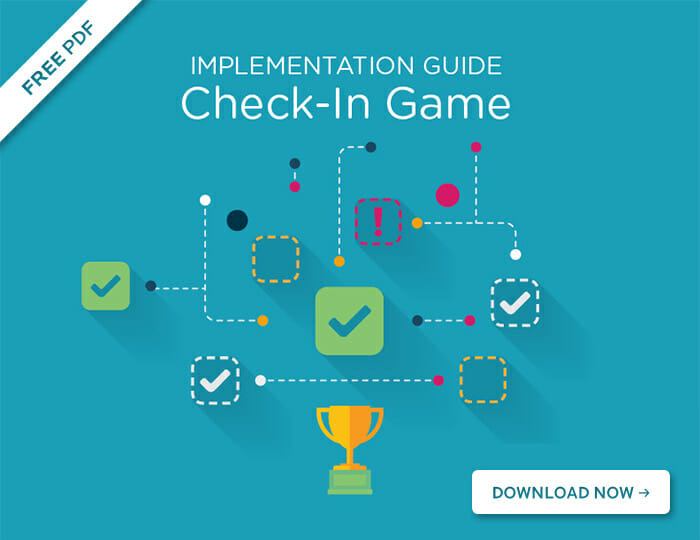
Increase Sponsorship Revenue
If you need to improve sponsorship revenue, create a check-in game with challenges that award points for visiting your sponsors’ booths. For even more points, create more specific challenges and give your sponsors’ representatives on the floor their own passcodes to reveal after a more in-depth discussion. You could even offer a sponsored event game where the challenges are designed to educate attendees about your sponsor. Click here to learn how to create a check-in game.
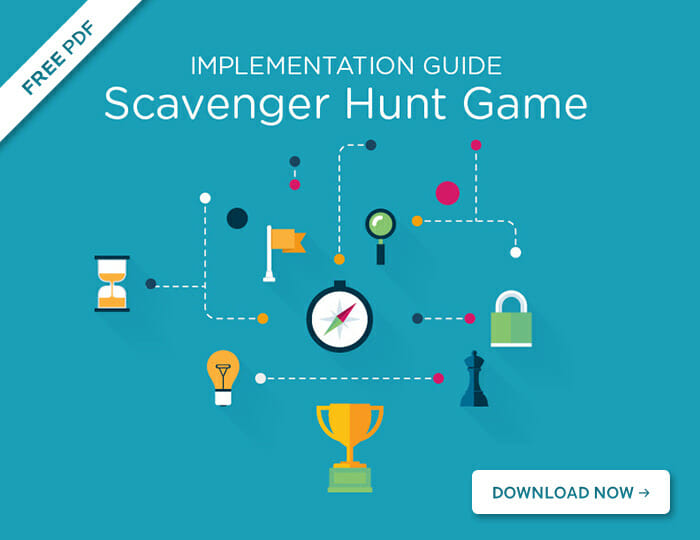
Generate Excitement
Create a scavenger hunt game to create a sense of flow at your event and get attendees to experience your event’s full potential. A scavenger hunt will guide the participants through the optimal attendee experience by sending them to all the important people and places. This improves the perceived value of the event while achieving your event goals. Click here to learn how to create a scavenger hunt.
The three examples above simply scratch the surface of what your event game could be used for. Get the most out of event games by designing creative with challenges, tiering prizes from day to day, and having different game types at your event.
Game Design
The proliferation of gamification at events is thanks in large part to mobile apps and mobile event technology. Mobile event apps open a whole new realm for gamification by putting the engagement device in every attendee’s hand. No more manual raffles or cumbersome post-event point tallying. The rules, challenges, and leaderboard are just a touch away for every attendee with a mobile device. The event app makes it easy for you to gather key insights into how your game is used. In turn, you can use this information to improve from game to game and prove your game’s ROI.
For a deep dive on event gamification, download the Ultimate Guide to Event Gamification. Here you’ll find original content produced through months of research and interviews with planners who have successfully launched event gamification.